Pharmacy workers helping maskless customers. Uber drivers transporting coughing passengers. Janitors cleaning contaminated workspaces.
Amid California’s slow Covid-19 vaccine rollout, millions of essential workers in high-exposure jobs are still waiting to get the life-saving doses, with many uncertain when or how they will get access.
“We’re risking our lives so that the community can have what they need, and it feels like they don’t really care about us,” said Lauren Alcala, a clerk at a CVS store in South Los Angeles.
Alcala, 26, was was hospitalized with Covid last summer. She lives with her mother, grandmother and other older relatives – and is petrified of getting infected again and bringing Covid home. “I don’t think it’s fair,” she said of her wait for the vaccine. “Many of us deal with so much anxiety and stress at work.”
California, the largest state in the US, has administered more than 7.3m vaccine doses but is lagging behind other states in vaccine administration. Eligibility is due to dramatically expand in March, but with supplies limited and many doses being used for second shots, essential workers could likely be waiting weeks or longer to get appointments.
The lack of access is particularly frustrating for workers who have faced increasing risks over the last month, as California has moved to reopen parts of the economy and remove restrictions. While infection rates are significantly improving after a catastrophic winter surge, an average of more than 6,000 new cases and 320 deaths are still reported each day.
Facing severe economic strain eleven months into the pandemic, low-wage workers across the state say they can’t afford to stay home from dangerous jobs – and can’t afford to lose income if they get infected. They are exhausted with stressful work conditions and customers who refuse to comply with Covid rules, and are struggling to get basic information on when they might get vaccines.
Dominique Smith, a 33-year-old rideshare driver in Silicon Valley, said he regularly checked his Uber app in hope of an update about vaccine eligibility. He fears he could lose his housing if he contracts Covid from a passenger and then has to stay home: “I do not have enough money saved up to weather three weeks of being sick and out of a job.”
Dr Yvonne Maldonado, a professor of global health and infectious diseases at Stanford, said the Trump administration had not made significant investments in infrastructure to administer vaccines, making the initial rollout especially challenging in a state like California, which has 58 counties and two dense metropolitan regions.
The state has broad guidelines to prioritize immunocompromised people and those with occupational risks, “but the problem is that it’s such a high-level framework that how you operationalize it becomes really tricky”, Maldonado said. “These are tough choices … because you’re judging whose life is worth more. You could make an argument for all kinds of groups.”
Black and Latino Californians vaccinated at far lower rates than others
Read more
Many essential workers are doubly vulnerable because of their jobs and health conditions, said Shira Shafir, epidemiology professor at the University of California, Los Angeles: “We need to begin prioritizing those who have been doing essential work for nearly a year.”
LA will soon allow some teachers, food and agriculture workers, emergency responders and police to start getting vaccines. The Bay Area and Silicon Valley counties are also moving forward with similar plans. But in a state as large and complex as California, eligibility and access varies depending on a local municipality’s progress, forcing some residents to wait while workers with the same job in an adjacent county are already getting immunized.
The most dangerous jobs: ‘We’re disposable’
“I want to be able to protect myself,” said Imelda Valdivia Orozco, a 57-year-old farmworker in Bakersfield in the Central Valley, a region that produces a significant portion of the nation’s nuts, fruits and vegetables. “I’ve called and they told me they don’t have the vaccines yet for us workers,” she said, speaking in Spanish through a translator.
Recent University of California, San Francisco, research found that the deadliest jobs in the pandemic were in the food and agricultural industry, including farmworkers, meatpackers and cooks. The transportation and logistics sector, including warehouse workers and drivers, was also particularly risky. And within these sectors, Latinos are dying at higher rates.
“We have to reach farmworkers where they are at, whether at work sites or in the communities where they live,” said Diana Tellefson Torres, executive director of the United Farm Workers Foundation (UFW).
While there has been significant discussion about vaccine hesitancy among Latinos, a recent UFW survey found that the majority of farmworkers would get vaccinated if the vaccine were available to them. Having witnessed so much death in their communities, workers are desperate to stay safe, especially when they are the sole providers for their families, said Torres, who recently attended a funeral for a farmworker and whose organization has helped families left behind after Covid deaths.
Valdivia Orozco said her biggest fear was losing income if she contracted Covid: “If I get sick, I wouldn’t be able to pay my rent and pay my bills.”
Many working in dangerous, low-wage jobs also lack basic rights and protections, making vaccine access especially critical. Juan Giraldo, 41, works as a port truck driver in southern California and is treated as an independent contractor without job benefits. The father of four, who has no health insurance, said he worried about exposure at the port warehouses where he delivers cargo and where it is hard to socially distance.
“I thought about staying home so many times … I’m always scared of getting the virus,” said Giraldo, speaking in Spanish. He has protested alongside other truck drivers for better working conditions and classification as employees. “But I’m the breadwinner for my family, so I have to put those fears aside and continue to go to work.”
Truck drivers should be prioritized for vaccines, he said. “We are used to being treated as disposable … but I really hope the government sees how essential we are.”
In the Inland Empire region, outside LA, Amazon warehouses and other shipping facilities packed with employees have suffered some of the largest workplace outbreaks. There, too, workers are also still waiting for vaccines.
Enrique, a 26-year-old Amazon worker who asked to go by his middle name to protect his job, said some workers were fatigued with Covid restrictions, even as they continued to get alerts about new positive cases in the warehouse. “People really don’t give a shit any more at this point in the pandemic. They’re just not social distancing.” He lives with his parents, who are both immunocompromised.
A janitor in her 20s, who works for a cleaning company that subcontracts for Amazon and asked to remain anonymous for fear of retaliation, said she disinfected areas where Covid-positive warehouse employees had been working.
“It weighs on me a lot since I’m the one cleaning where people were sick,” said the worker. She said she knew that she could still spread Covid even if she was vaccinated but added: “I’d feel better knowing that at least I’ll be protected.”
Amazon has advocated for prioritized vaccine access for its warehouse employees.
Facing maskless customers
Essential workers who interact with the public said they frequently interacted with Covid deniers, people who refuse to wear masks and others who don’t wear them properly – adding urgency to their vaccine hopes.
“Passengers become aggressive when you try to talk to them about the mask or try to open the window,” said Norma Bustamante, 58, who drives for Uber and Doordash in southern California, speaking in Spanish. Sometimes, she ends up picking up passengers from the airport or people traveling to and from hospitals, which causes further stress: “We have no control and no say over what type of rides we get.”
If her status as a driver did not help her get a vaccine soon, Bustamente said, she hoped her doctor could get her one since she is older and has high blood pressure.
‘Please send more vaccines’: Covid crisis engulfs California’s farming heartland
Read more
Many California counties reopened in-person dining last month even though they are not yet offering vaccines to restaurant workers.
“The customers don’t follow protocols,” said Antonio Rios, 54, who works as a cook at a Mexican restaurant in South LA and at one point was working three food service jobs during the pandemic to make ends meet. “They say, ‘This is my right. I don’t have to wear a mask.’ And they start to speak really loudly.”
Rios was hospitalized from a heart attack just before the pandemic, which makes him especially vulnerable: “People working in restaurants are on the frontline, too.”
Fernando Barajas, a 32-year-old worker at a Bay Area lumber yard, said it should at least be easier to figure out when he might ultimately be eligible. “I wish there was clarity. The whole thing is kind of a mess.” He is anxious because his wife is pregnant and due to give birth soon.
One worker at a FedEx shipping center in the Inland Empire said he frequently read about FedEx shipping Covid vaccines and wished some of that supply could go to its own employees: “I’ll feel a sense of relief if I get it,” said the 24-year-old, who asked to remain anonymous. He said he was constantly printing funeral brochures for customers, a regular reminder of the pandemic’s horrific toll.
Lauren Alcala, the CVS worker in South LA, suffered damaged lungs when she got Covid last July, and she worries she could catch a new variant that could prove to be deadly for one of her six relatives at home. (Experts say the risk of reinfection is unclear, but that people should get vaccinated even if they’ve already had Covid.)
“We see hundreds of people a day in the store,” said Alcala, adding that it seemed the distancing protocols had gotten less strict as the pandemic has dragged on.
Her brother and mother both lost work due to the pandemic, so she cannot afford to stay home even when her anxiety escalates. “When I see on the news that there’s a spike in cases, I just want to call out of work as a precaution. But I can’t. I need to make money.”














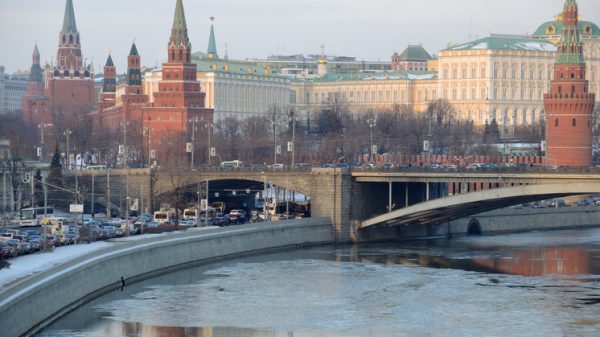
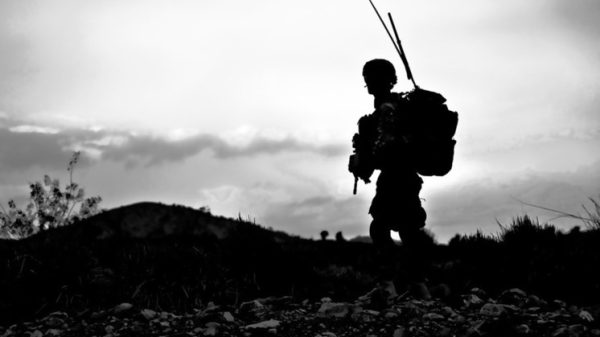




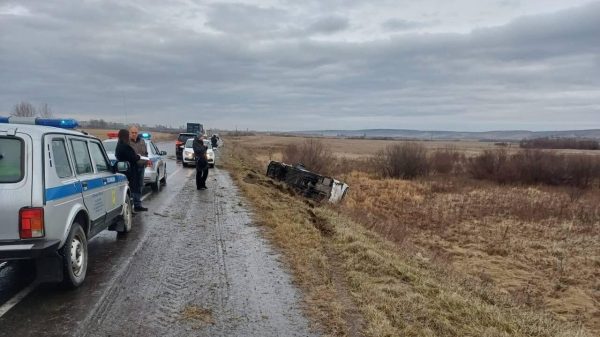
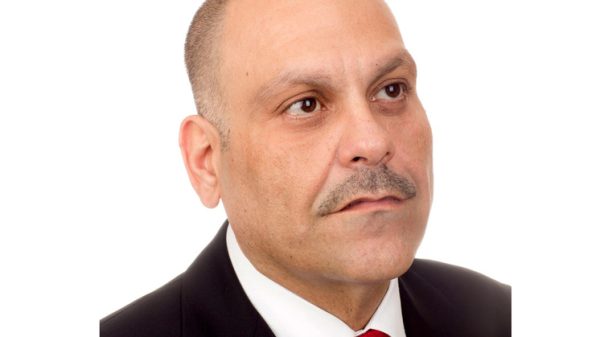



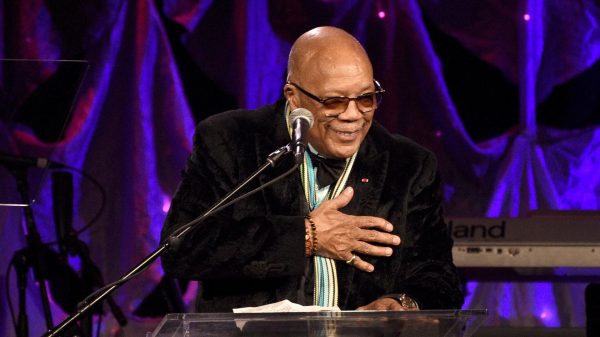


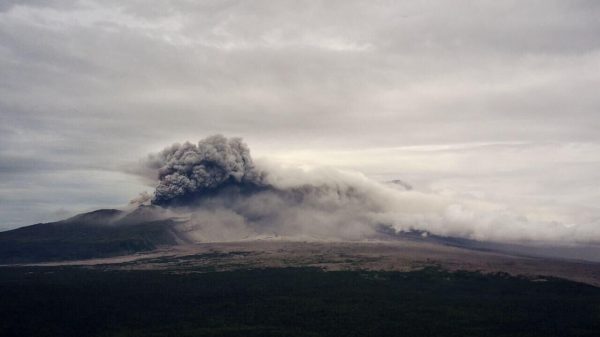



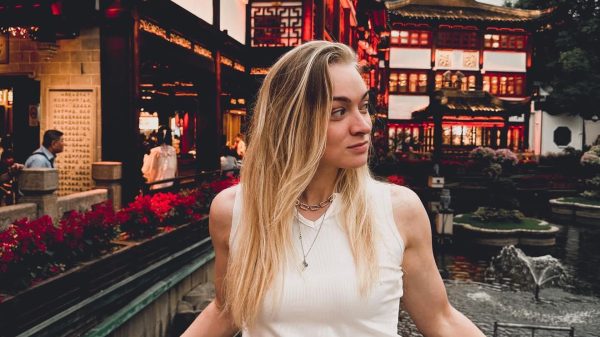























Свежие комментарии